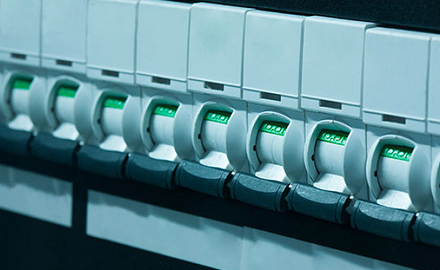Motor mold making is a meticulous process that involves transforming a design concept into a functional mold for the production of electric motors. This process plays a crucial role in ensuring the precision, efficiency, and quality of the final motor. In this blog, we will take a closer look at the process of motor mold making, from the initial design stage to the final production phase.
Designing Motor Molds: Precision Engineering for Optimal Performance
The first step in motor mold making is the design stage. Skilled engineers and designers use specialized CAD (Computer-Aided Design) software to create precise 3D models of the motor mold. This stage involves considering factors such as part geometry, draft angles, gating systems, cooling channels, and ejection mechanisms. The goal is to optimize the design for accurate reproduction of motor components and efficient molding processes.
Material Selection: Choosing the Right Materials for Mold Construction
Once the design is finalized, the next step is selecting the appropriate materials for mold construction. Factors such as thermal conductivity, dimensional stability, durability, and corrosion resistance must be taken into account. Common materials used for motor molds include steel alloys, aluminum alloys, and various grades of tool steels. The chosen material should possess the necessary properties to withstand the demands of the molding process and ensure longevity and accuracy of the mold.
Precision Machining: Crafting the Mold Components
With the design and material selection complete, the mold making process moves to precision machining. Skilled machinists utilize advanced CNC (Computer Numerical Control) machining techniques to craft the various components of the mold. These components include core inserts, cavity inserts, cooling channels, and other features required for molding. Precision machining ensures tight tolerances, accurate replication of the design, and smooth functionality of the mold.
Mold Assembly and Testing: Ensuring Functionality and Performance
After the individual mold components are machined, they are carefully assembled to create a functional mold. Skilled mold makers meticulously align and fit the components, ensuring proper functionality and operation. Once assembled, the mold undergoes thorough testing to validate its performance. Mold testing may involve evaluating factors such as mold fillability, cooling efficiency, dimensional accuracy, and part quality. Any necessary adjustments or modifications are made to ensure optimal performance and functionality.
Production and Optimization: Scaling Up for Mass Manufacturing
Once the mold passes testing and validation, it is ready for production. The mold is installed in an injection molding machine, where it is used to produce motor components through the injection molding process. During production, careful monitoring and optimization are done to ensure consistent quality and efficiency. Feedback from the production process is collected and analyzed to identify areas for further optimization and improvement in mold design and production techniques.
Motor mold making is a complex and intricate process that bridges the gap between design and production in the manufacturing of electric motors. From the initial design stage to material selection, precision machining, mold assembly, and final production, each step requires meticulous attention to detail and expertise. By understanding the process of motor mold making, manufacturers can ensure the production of high-quality, efficient, and reliable electric motors. The seamless integration of design and production in motor mold making is key to achieving precise motor components that meet the demands of various industries and applications.


 English
English 日本語
日本語 français
français Deutsch
Deutsch Español
Español italiano
italiano русский
русский العربية
العربية tiếng việt
tiếng việt Polska
Polska română
română













